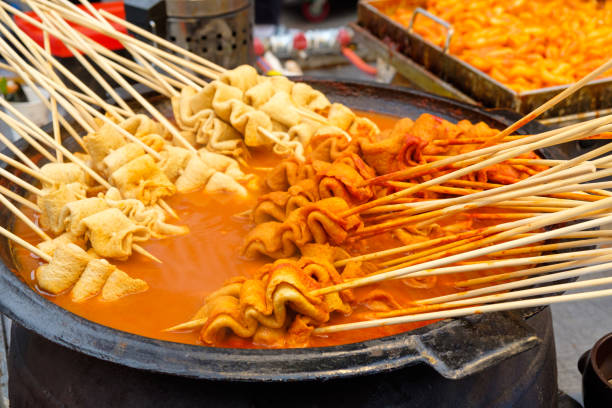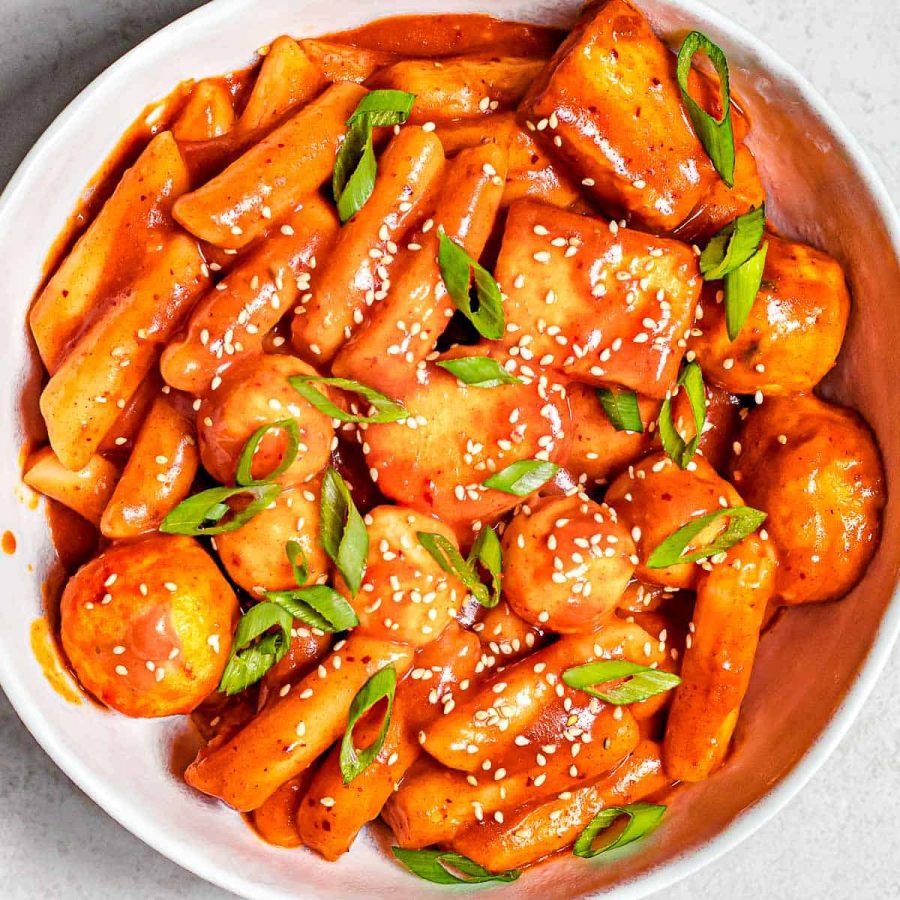페이지 정보
본문

My favorite K-Street food
Korea is a country known for its K-POP music industry which has now gone global. Thanks to the global K-POP music, many people are looking at this ginseng country. Starting from the music, culture, to the food. Street food in Korea also has an appetizing appearance because there are so many varieties. I will introduce some of my favorite street food.
Let's start the list with an affordable, universally beloved treat: Tteok-bokki. They are spicy rice cakes that will stimulate your taste buds passionately with their intense taste brought about by a large amount of tongue-burning chili sauce. The spicy flavor may discourage certain people at first bite. That's a good thing because when they become used to it, they will get hopelessly hooked on the snack. Eateries in Seoul offer the best Tteok-bokki, but you will be pleased with the quality of rice cakes in other towns.
Do you know that Tteok-bokki is also an exceptional Korean side dish to go with fried vegetables and meat? Or that it has a kingly origin? The cake was one of the royal court's dishes during the Joseon Dynasty. Its precursor was a braised dish called Tteok-jjim. In addition to rice cakes, it came with meat, eggs, and spices. That dish eventually got trimmed down into the present-day simpler yet more addictive form.
Wandering through the streets of Korean towns, you can easily buy Korean stuffed pancakes from any street food vendor. The local name for it is Hotteok (or Hoeddeok), and it is always hot. Yes, hotteok is my next favorite. While Koreans eat Hotteok year-round, it is more popular in the wintertime.
The star of Hotteok is its sweet filling that has cinnamon, chopped walnuts, and honey. Sometimes, cooks substitute them with ice cream, cheese, or seasoned glass noodles for a more exotic taste. Outside is the leavened dough sweetened with milk and of various sizes.
My 3rd favorite is odeng or fishcake. It is a processed seafood product made of ground white fish and other ingredients such as potato starch, sugar and vegetables. In Korea, fishcake is one of the popular ingredients, used for soup, side dish, and kimbap. Especially, "eomuk-tang", served on a skewer in broth, is a very popular street food along with ddukbokgi, which people of all ages love. The traditional Korean fishcake is thin and rectangular shaped, but alternative shapes and flavors are also available these days.
The last but not least, is bungeoppang. There is nothing spectacular about the ingredients, just a fluffy, slightly crispy yeast dough enveloping a red bean paste. What is special about Bungeo-ppang is its attractive shape of a tai (red seabream)-like shape that bakers create with a special mold.

Recorded by Putri
3 May 2022
Script
Korea is a country known for its K-POP music industry which has now gone global. Thanks to the global K-POP music, many people are looking at this ginseng country. Starting from the music, culture, to the food. Street food in Korea also has an appetizing appearance because there are so many varieties. I will introduce some of my favorite street food. Let's start the list with an affordable, universally beloved treat: Tteok-bokki. They are spicy rice cakes that will stimulate your taste buds passionately with their intense taste brought about by a large amount of tongue-burning chili sauce. The spicy flavor may discourage certain people at first bite. That's a good thing because when they become used to it, they will get hopelessly hooked on the snack. Eateries in Seoul offer the best Tteok-bokki, but you will be pleased with the quality of rice cakes in other towns. Do you know that Tteok-bokki is also an exceptional Korean side dish to go with fried vegetables and meat? Or that it has a kingly origin? The cake was one of the royal court's dishes during the Joseon Dynasty. Its precursor was a braised dish called Tteok-jjim. In addition to rice cakes, it came with meat, eggs, and spices. That dish eventually got trimmed down into the present-day simpler yet more addictive form. Wandering through the streets of Korean towns, you can easily buy Korean stuffed pancakes from any street food vendor. The local name for it is Hotteok (or Hoeddeok), and it is always hot. Yes, hotteok is my next favorite. While Koreans eat Hotteok year-round, it is more popular in the wintertime. The star of Hotteok is its sweet filling that has cinnamon, chopped walnuts, and honey. Sometimes, cooks substitute them with ice cream, cheese, or seasoned glass noodles for a more exotic taste. Outside is the leavened dough sweetened with milk and of various sizes. My 3rd favorite is odeng or fishcake. It is a processed seafood product made of ground white fish and other ingredients such as potato starch, sugar and vegetables. In Korea, fishcake is one of the popular ingredients, used for soup, side dish, and kimbap. Especially, "eomuk-tang", served on a skewer in broth, is a very popular street food along with ddukbokgi, which people of all ages love. The traditional Korean fishcake is thin and rectangular shaped, but alternative shapes and flavors are also available these days. The last but not least, is bungeoppang. There is nothing spectacular about the ingredients, just a fluffy, slightly crispy yeast dough enveloping a red bean paste. What is special about Bungeo-ppang is its attractive shape of a tai (red seabream)-like shape that bakers create with a special mold.
첨부파일
-
WhatsApp Audio 2022-05-03 at 19.27.06.mp4 (4.0M)
0회 다운로드 | DATE : 2022-05-03 19:28:04
